The Best Of Science Friday, 2020
2020 has been a remarkable and difficult year. Science Friday staff and listeners reflect on the most inspirational and impactful science stories of the year.
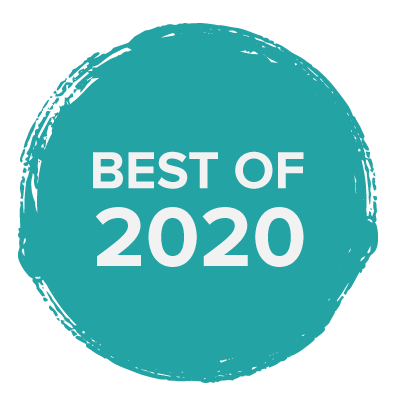 2020 has been an incredible test of human perseverance. The year not only placed a heavy toll on society, but it also tested science to the extreme.
2020 has been an incredible test of human perseverance. The year not only placed a heavy toll on society, but it also tested science to the extreme.
COVID-19 has killed over 1.6 million people worldwide. Health care workers, epidemiologists, and virologists worked tirelessly to understand the virus. Raging wildfires ravaged lands and homes in Australia and the American West. Climate scientists kept abreast of the latest studies to stay ahead of our changing planet. Voters in the United States had to determine fact from fiction amidst an endless stream of election and political news. Computer scientists and misinformation researchers parsed through newsfeeds, too. Civil unrest, racism, and bias tore through communities. Science has not been immune to issues of inequality.
Science Friday has been reporting on all sides of science—the flaws and conflicts, the opportunity and wonder. This year, we basked in the excitement and inspiration of scientific discovery, from detecting Marsquakes to finding microbes in Peru’s Boiling River. We’ve held science accountable in our reporting, from spotlighting racism in facial recognition technology to fact-checking coronavirus news. We spoke to more than 250 expert guests—scientists, mathematicians, teachers, filmmakers, policy makers, poets, novelists and artists. We published multimedia stories, podcasts, education activities, and hosted virtual community gatherings to present these stories to you when we couldn’t hold live events or broadcast the radio show from our studio.
Despite many unexpected events this year, Science Friday never failed to produce new stories every week. As 2020 comes to a close, the SciFri staff and our audience join to reflect on these stories and more—stories that have captivated us, moved us, inspired us. Take a look at how science has impacted and shaped 2020.
Invest in quality science journalism by making a donation to Science Friday.
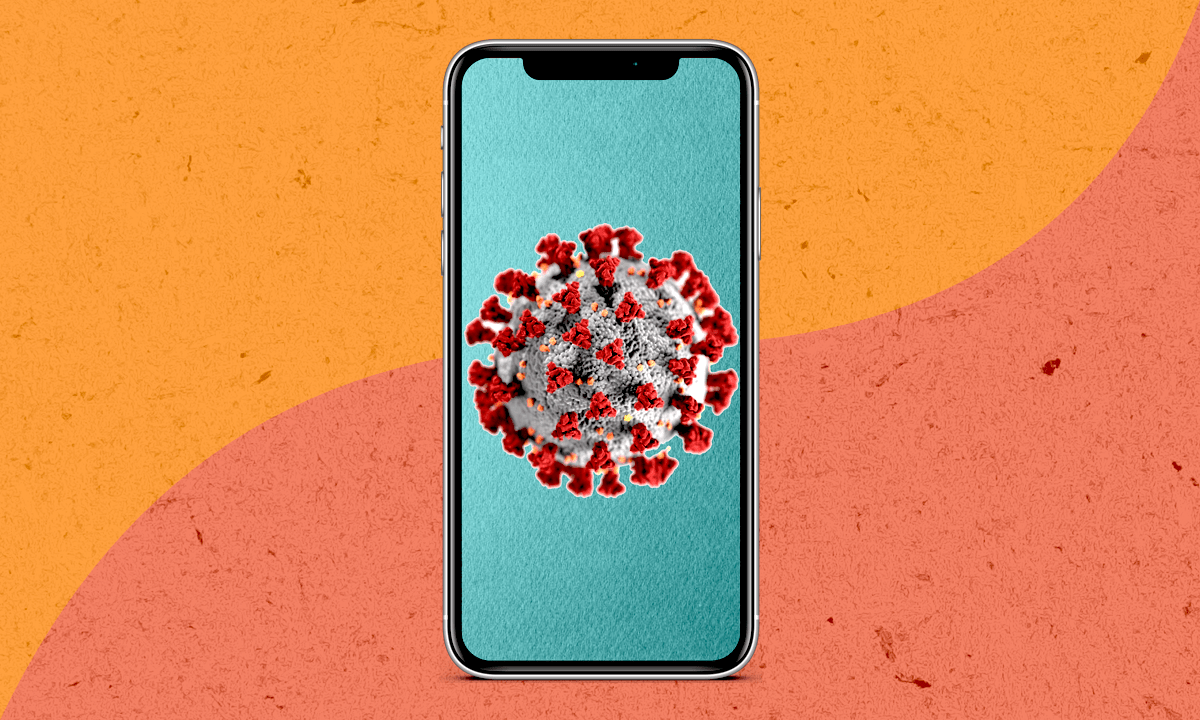
Produced by the SciFri Staff
Selected by John Dankosky, contributing editor and guest host
Like the rest of the media, we had to figure out how to cover COVID-19 in a way that provided important information for our listeners while not repeating what other outlets were doing, and I think we found an answer in our radio series “Fact Check My Feed.” It grew from a simple idea: There’s lots of bad (and good) information out there, and it could save lives. So, how do we parse fact and fiction? So far, we’ve wrestled an array of nuanced issues with the help of expert scientists, including the vaccine approval process, super spreaders, antibodies and immunity. Fact Check My Feed is a simple concept that lets us wrangle big questions into an easily-digestible form.
Produced by Kathleen Davis
Selected by Rebecca Brewer, 2017 SciFri educator collaborator
Prior to listening to the story, I only perceived introduced species as a negative disruption to ecosystems and never thought of invasive species as potentially filling the role of extinct organisms killed off by humans thousands of years ago. This piece broadened my perspective about reestablishing balance, but on a historical timeline. It challenged me to consider if positive consequences can occur within an ecosystem after nonnative species are established.
Produced and hosted by Johanna Mayer
Selected by Lauren J. Young, digital producer
At the Science Friday office, I have the privilege of sitting next to my dear friend Johanna Mayer, producer and host of Science Diction. In March, she and development producer Elah Feder debuted this incredible bite-sized podcast that delves into the science history of everyday words. This episode on the origin of the word “quarantine” was as timely as it was touching—a feat accomplished by Johanna’s riveting and compassionate narration and D Peterschmidt’s moving original music. The episode perfectly intertwines infectious diseases history and the story of Typhoid Mary’s quarantine, with the loneliness and fear of today’s pandemic. While listening, I felt like I was back in the SciFri office, Johanna eagerly swiveling her chair to tell me this fascinating story.
Produced by Charles Bergquist
Selected by Rich from Belmont, Massachusetts, on the SciFri VoxPop app
I particularly like the vaccine stories, particularly those that were new types of vaccines that hadn’t been made before. One of the things that impressed me the most was how the carrier for the vaccine could be made in advance of knowing what the DNA of the actual virus would be later on.
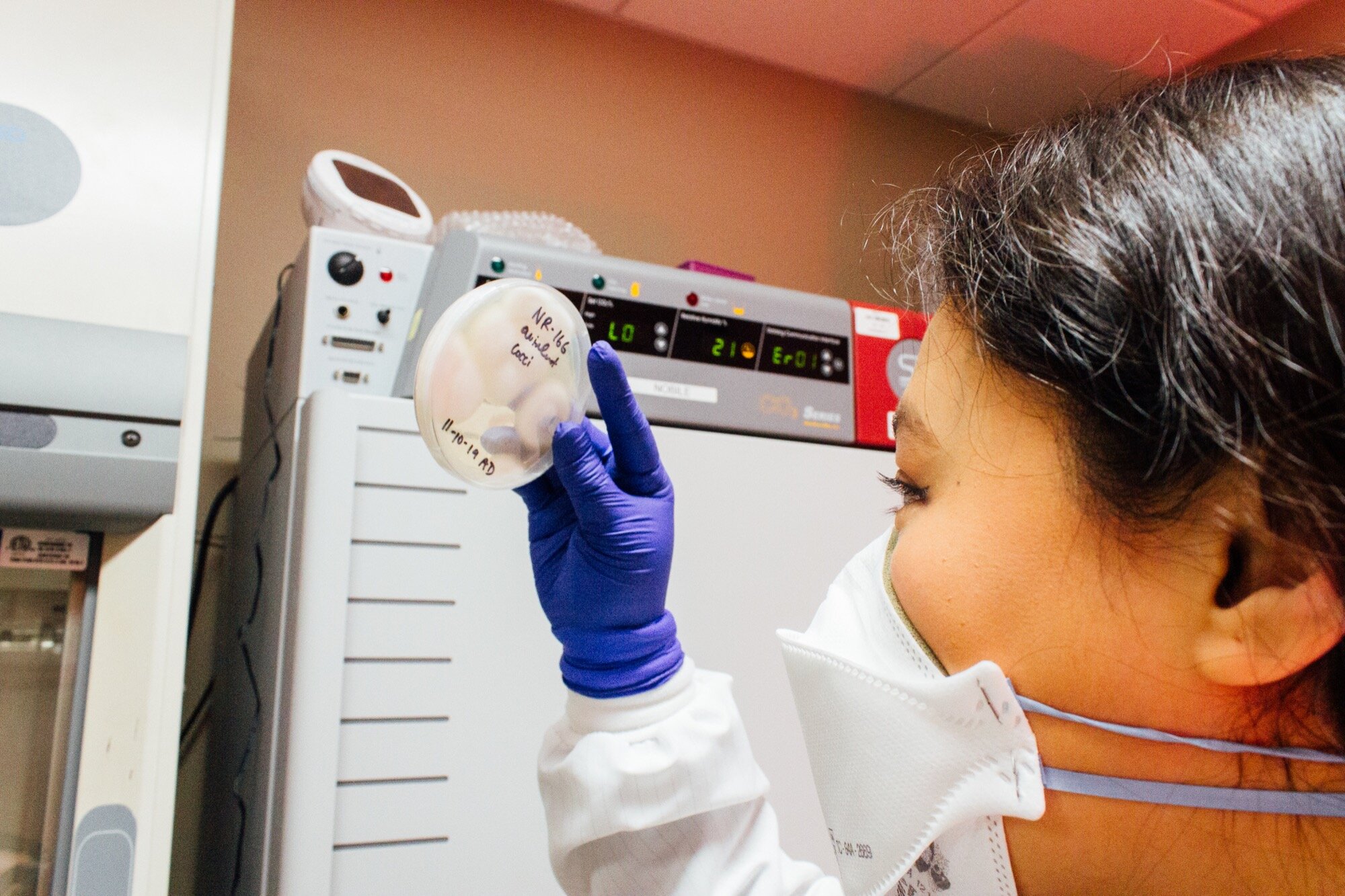
Produced by Lauren J. Young
Selected by Christie Taylor, producer
Long before the COVID-19 pandemic, a fungal infection called valley fever had been plaguing the lungs of people in Mexico and the Western United States. The problem is, if you don’t know that’s what you have, you might not get the correct treatment in time to prevent lifelong illness, and even death. And so producer Lauren Young spent the better part of a year reporting a story that both explained the science and gave us the picture of how this lesser-known disease can forever change the lives of people who contract it. I love this story, which included a special extra page of listeners’ experiences, because of its compassionate focus on one man’s experience, as well as how Lauren works in her own mother’s brush with valley fever. As our climate warms and valley fever spreads to more parts of the country, stories like this one will be important to understand, and hopefully minimize, the damage.
Selected by Lois Parshley, contributing editor
As someone from the West who’s interested in emerging disease, I thought Lauren’s valley fever story did a fantastic job of highlighting an overlooked topic that impacts a lot of people. Her reporting struck a balance between presenting the human consequences and explaining both the biology and how the ecology is changing. We’re going to see a lot more of this kind of story reported over the next decade, and this was a great model for how to report this kind of piece well.
Produced by Christie Taylor
Selected by Xochitl Garcia, K-12 education program manager
I loved how this highlighted a piece of this summer’s protests that wasn’t highly discussed in the news. The story celebrated the success of collective action, but also asked us to be diligent in upending systems that support systemic racism and racist policing practices. As one of the guests, sociologist and African American studies professor Ruha Benjamin, poignantly says: “And so it’s not enough just to ban [facial recognition technology] on the part of police, when other institutions and entities use a tool that’s not only scientifically faulty, but also one that has deep racist roots.”
Produced by Ariel Zych
Selected by Brienne May, 2017 SciFri educator collaborator
In a time where wearing masks is critical, it can be difficult for young children attending school in person to understand why masks are necessary and why this year looks a little different. This activity was a springboard to have a fun and informative conversation with my fifth graders to help them understand the importance of wearing masks and the “dos and don’ts” that help to keep us all safe.
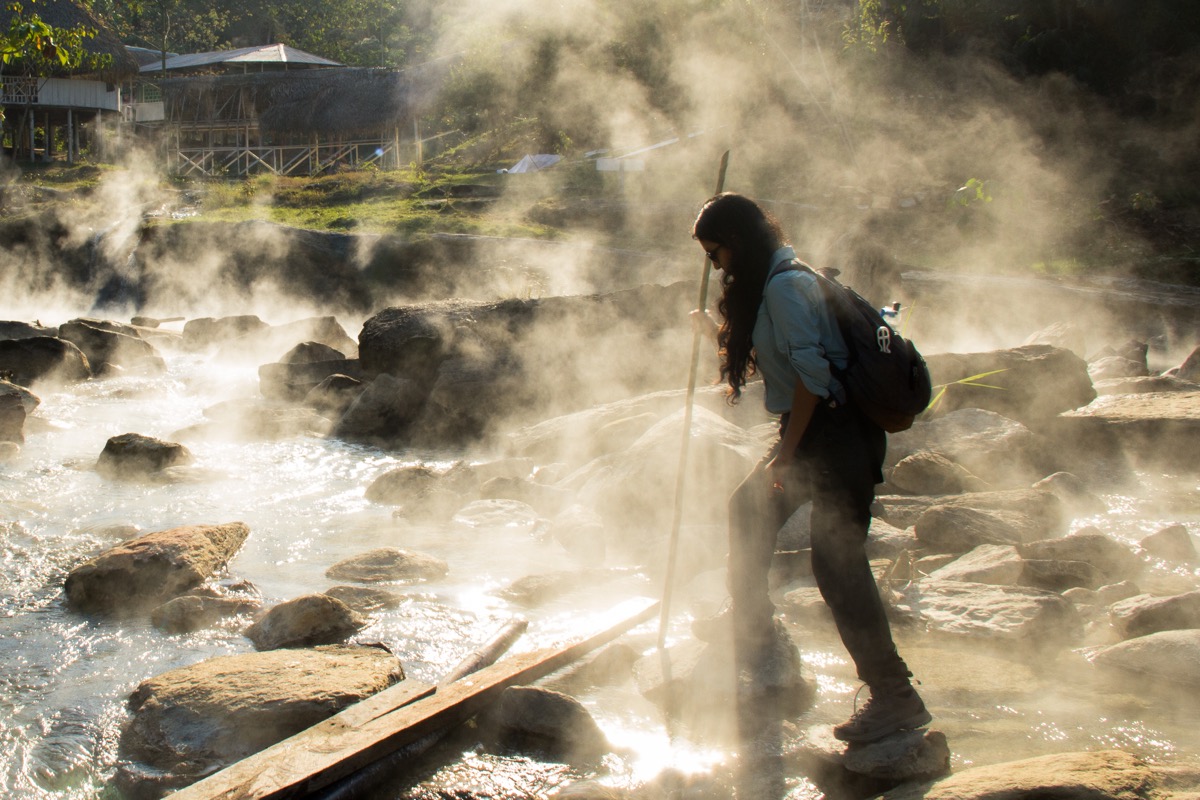
Produced by Attabey Rodríguez Benítez
Selected by Nadja Oertelt, chief content officer
This was a wonderful package of pieces created by Science Friday’s AAAS radio intern, Attabey Rodríguez Benítez, producers Kathleen Davis and Lauren Young, with help from many others. We worked hard to build out a story that would highlight Rosa Vásquez Espinoza’s amazing microbial research on the Peruvian Boiling River and could be translated into Spanish. This was a beautiful segment and article in two languages, reaching new audiences.
Produced by Lauren J. Young
Selected by D Peterschmidt, producer
Lauren has a knack for taking seemingly off-putting topics and adding a fun, quirky spin on them. That’s exactly what she’s done here, with this wonderful article about why we should think differently about parasites. Parasitologist Tommy Leung’s zeal for these creatures is infectious and made me completely think differently about them. In addition to being a parasitologist, Leung is an illustrator and draws different parasite species as anime monster girls. It’s a unique approach to a public perception campaign and I love his (and Lauren’s) geeky and earnest presentation.
Time for another Parasite Monster Girl!
Word for the day: 𝐙𝐲𝐠𝐨𝐜𝐞𝐫𝐜𝐨𝐮𝐬
As in – “Meet Sayuri, the Zygocercous Monster Girl” https://t.co/vA4Dj5oweU pic.twitter.com/GYL47ljLLu— 「VεεLoΧΧγ・BITΞƧ」 (@The_Episiarch) November 5, 2018
Produced by Kathleen Davis
Selected by Elah Feder, development producer
There’s nothing better than a radio conversation that combines history and science, and connects it to the present. The segment unfolds like a story. We learn about the 1941 Typhus outbreak in the crowded Warsaw Ghetto and how the response progressed—the story guided by epidemiological questions naturally woven into the narrative. I actually didn’t know this bit of history, despite having Jewish ancestors from Poland near Warsaw. This felt educational and very personal too.
Produced by Kathleen Davis, Diana Montano, and Kyle Marian Viterbo
Selected by Nadja Oertelt, chief content officer
Science Friday has been working hard to acknowledge accessibility issues. Our whole team really went the extra mile in collaborating with author Jaipreet Virdi to make this radio interview and article as accessible as possible for those who are hard of hearing or deaf. We included audience voices, made sure that the Zoom live recording included ASL translators for both Ira and Jaipreet, and have tried to integrate learnings from this experience into all of our future editorial work.
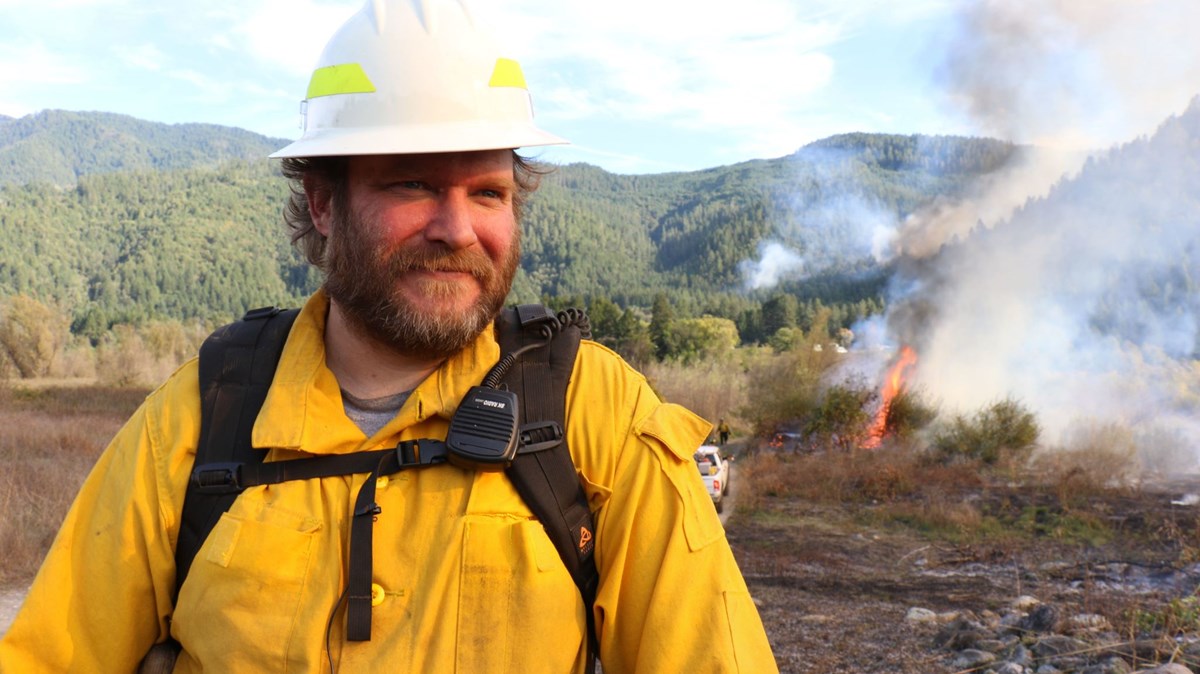
Produced by Christie Taylor
Selected by Danielle Dana, executive director
Science Friday has always done an excellent job covering wildfires and climate-related catastrophes. However, as fires ravaged much of the American West and the smoke traveled across the country during this year’s wildfire season, our producers tackled issues that often don’t get the same consideration—Indigenous fire practices and the personal health impacts of fire smoke and ash. I am always so impressed with Science Friday’s ability to not only cover the big picture research, but also address local community stories that often get less attention. These stories are really meaningful to our audience.
Selected by Ryan Hollister, 2016 SciFri educator collaborator
I love that this story recognizes diverse ways of knowing and pattern recognition as scientific thinking. The beneficial air quality and ecological outcomes of low-intensity cultural and prescribed fire in the Coast Range and Sierra is very important to my family living in the Central Valley, California and for all Californians concerned about the health and sustainability of our towns and natural resources. Public exposure to stories like these will help the practices become accepted and actively sought-out by government officials.
Selected by Turtle Haste, 2020 SciFri educator collaborator
With the severeness of the fire seasons in the West, we need to use the knowledge of all peoples, especially those who learned and practiced traditional methods. We might figure out how best to mitigate the effects of global climate change and longer droughts if we incorporate more traditional practices.
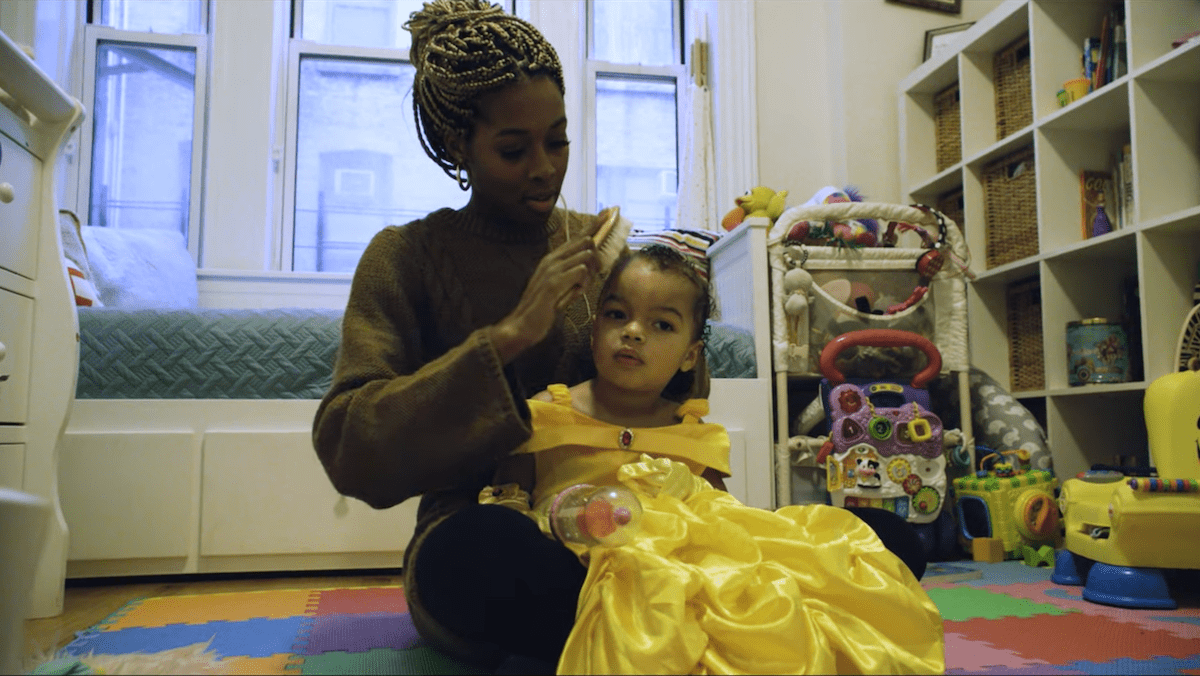
Produced by Chelsea Fiske and Luke Groskin
Selected by Jennifer Fenwick, director of institutional giving
Biology stories are always my favorite, but I haven’t been a student of biology for 20 years. So I’m always eager to learn more about the new discoveries happening today. We’ve come so far in such a short time! This short film, one of six video profiles in our second season of Breakthrough: Portraits Of Women In Science, follows neuroscientist Bianca Jones Marlin’s research on epigenetics and how trauma in parents can affect offspring. Her work is so fascinating and beautifully human. In the video, we get a detailed glimpse of her investigations, along with a compelling reminder of how science can have important societal applications.
Produced by Christie Taylor and Diana Montano
Selected by Ariel Zych, education director
There were so many things that were special about centering Science Friday Book Club on a compendium of short sci-fi stories written by authors of color, as we did for the first time this fall. The collection and conversations exposed blind spots of the sci-fi genre—monochromatic, technology-centered, male-dominated stories—that I had previously overlooked as a reader. New Suns editor Nisi Shawl articulated the lens they carried as they assembled the anthology, the barriers that the authors had encountered in publishing their work, and the themes that are often only interpreted by white authors. Aisha Matthews brought scholarship, context, and critical analysis in each week’s discussion. Our audience shared their own changing views in live Zoom calls and on community board Mighty Networks, defying the isolation of pandemic society and reminding me how much we can grow through discussions of good storytelling.
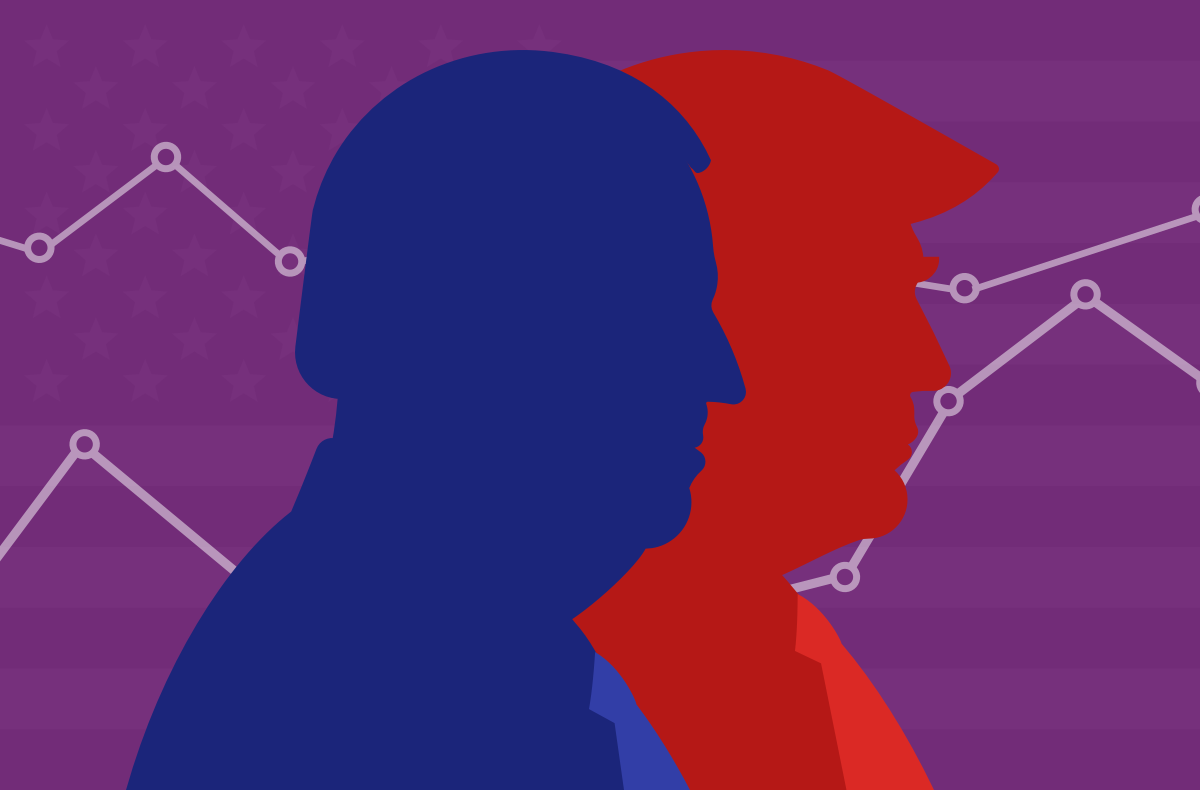
Produced by Elah Feder
Selected by Annie Nero, individual giving manager
As someone who became highly skeptical of election polling after 2016 (and I know I’m not alone here), I found podcast producer Elah Feder’s piece to be highly insightful. The radio story breaks down the data behind polling and election forecasting and just how easily that data can be misconstrued by the public. It also delves into a brief history of how polling has gotten results wrong in the past and correct, with the Gallup poll’s accurate predictions using quota sampling. This led me down a George Gallup research rabbit hole! I’ve since emerged from said hole with a whole new outlook on election polling.
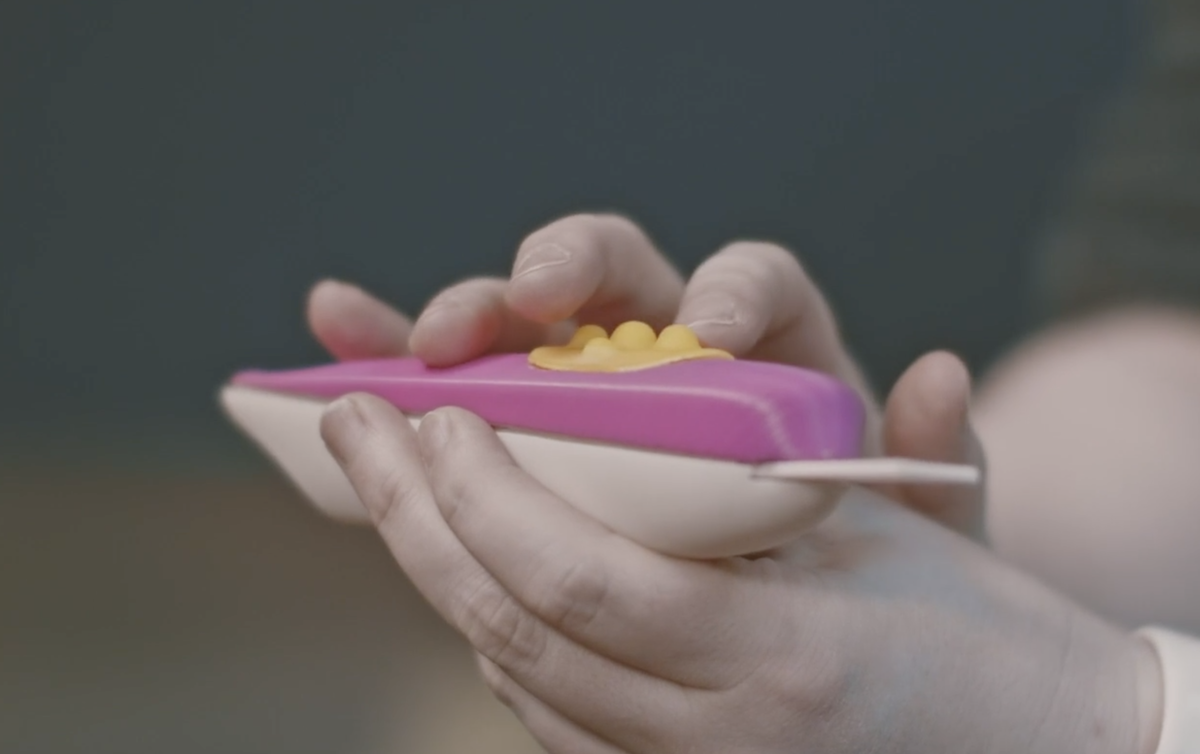
Produced by Christie Taylor
Selected by Jamie Back, 2020 SciFri educator collaborator
In this segment, I was moved by the blind and vision-impaired women who described bringing friends or neighbors into their very personal experience to read and relay pregnancy test results. The Royal National Institute for the Blind designed, engineered, and built a prototype of an accessible pregnancy test that is bigger, brighter, and creates a mechanical response that can be read by touch.
Produced by Katie Feather
Selected by Valeria from Ecuador, on the SciFri VoxPop app
The story that captivated me the most was the podcast about how algae survived mass extinction.
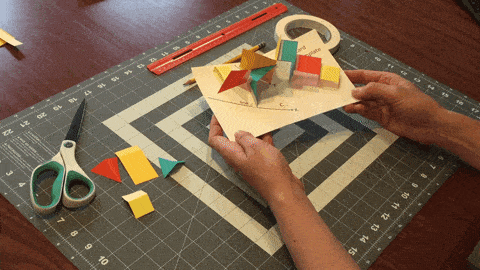
Produced by Jamie Back and Xochitl Garcia
Selected by Diana Montano, outreach manager
What’s not to love about this hands-on activity written by one of our 2020 Science Friday Educator Collaborators, Jamie Back? Paper pop-ups? Check! Helpful instructional gifs and presentations? Check! Engineering, geometry, and downright FUN? Check, check, check! This resource, with production help from SciFri’s K-12 education program manager Xochitl Garcia, is not only a perfect example of how our Educator Collaborators are key to taking our stories to the next level, but how you can find science hidden in the best parts of everyday life. It’s also a great resource for all kinds of teachers—those who are instructing remotely, in classrooms, or at home with their little (or not-so-little) ones. I plan to use this resource to impress my friends and family with my new card-making skills this holiday season!
Produced by Alexa Lim
Selected by Katie Brown, 2018 SciFri educator collaborator
The Science Friday story that had me caught this year was “Our Average Body Temperature Is Getting Cooler.” At first glance, it seems like a simple science story, but in listening, I fell down the rabbit hole into a world of history, medical nomenclature, Civil War, climate change, historical measurement calibrations and more. And the mark of a story that really catches my attention? I spent the next day reading up on all these different facets to dive deeper.

Produced by Alexa Lim and Diana Montano
Selected by Johanna Mayer, host of Science Diction
This year, Outreach Manager Diana Montano collaborated with Alexa Lim and the radio team to put on a series of live virtual call-in shows, and they made me realize how much I missed hearing from listeners during the live radio broadcast. And with Zoom, we have the added bonus of seeing Ira’s face light up when a listener is on the line! In a year when there have been so many news stories and so many big thoughts to chew on, this particular call-in show was a fun, refreshing, and whimsical escape that dove into the little sights and sounds that cities offer.
Produced by Charles Bergquist
Selected by Ignacio, on the SciFri VoxPop app
The “David Attenborough Observes The Natural World In Crisis” podcast captivated me the most. How can we promote a culture in which everyone stops wasting electricity, gas, plastic, food, water, and limited resources in general? And what is one effective possible way in which we can reduce meat consumption around the world?
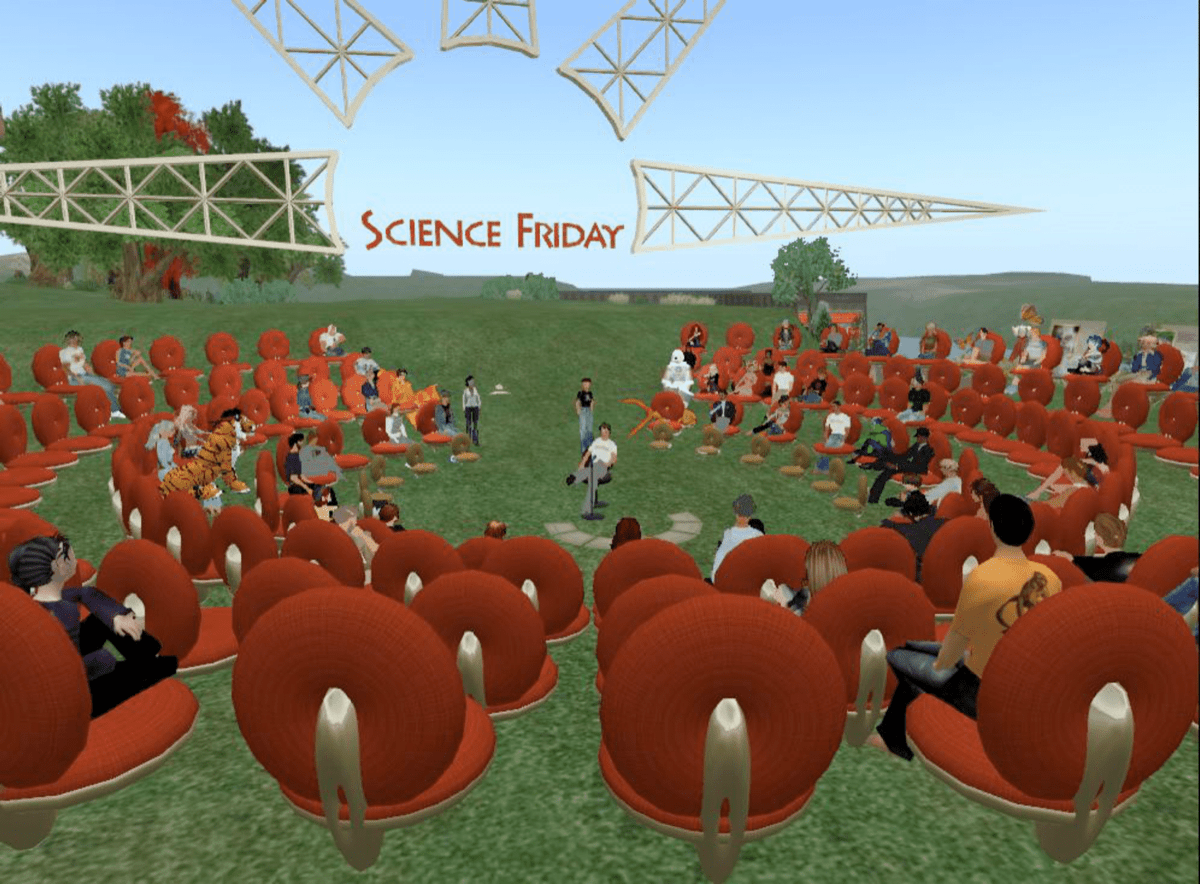
Produced by D Peterschmidt
Selected by Kathleen Davis, producer
This segment was an absolute joy to listen to. I came to SciFri this year, so I was not aware of the history our team had with the massive online virtual world, Second Life, until I got wind that producer D Peterschmidt was doing this story. This segment takes a very obscure, kind of silly piece of SciFri history and broadens the scope to tell a deeply researched and emotional story about how virtual worlds connect people. The sound design is amazing to boot. This piece nails a form of storytelling that SciFri doesn’t do very often, but when we do it sounds amazing.
Invest in quality science journalism by making a donation to Science Friday.
Lauren J. Young was Science Friday’s digital producer. When she’s not shelving books as a library assistant, she’s adding to her impressive Pez dispenser collection.